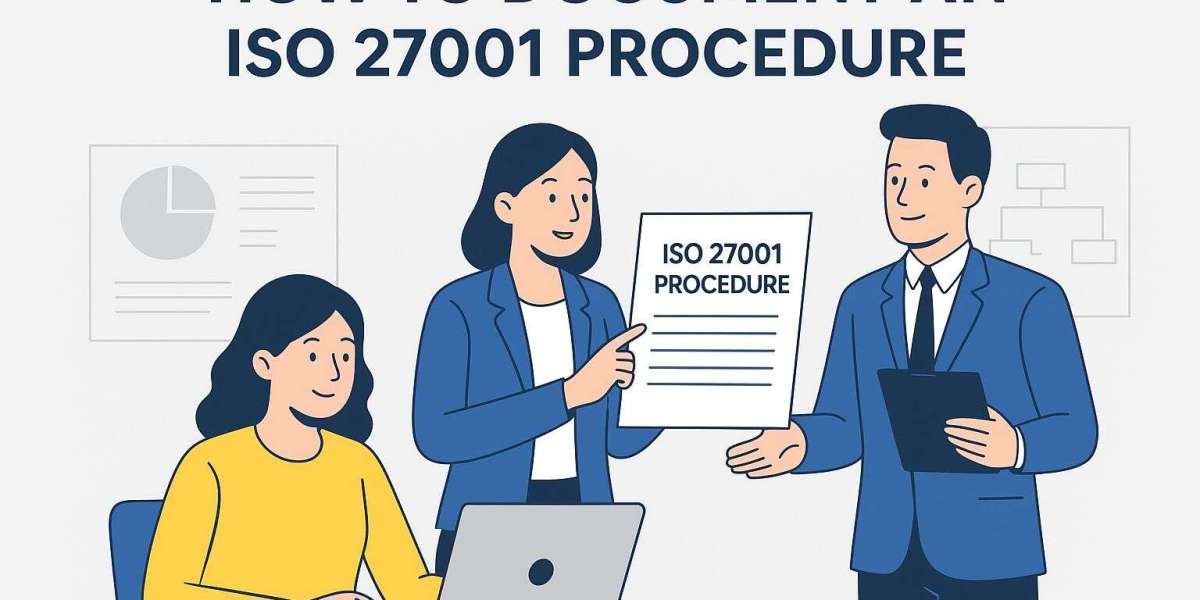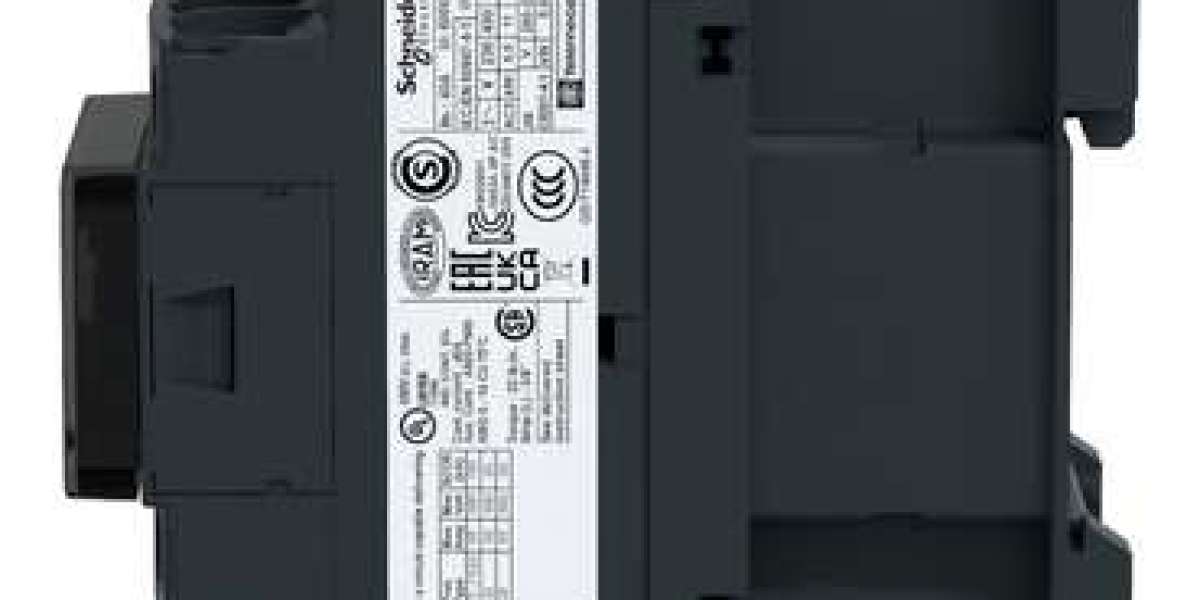Implementing an Information Security Management System (ISMS) in line with ISO 27001 requires not only strong security practices but also well-documented procedures. Documentation is more than a compliance requirement—it is the foundation that ensures consistency, accountability, and repeatability in protecting information assets. A poorly documented procedure can create confusion, misinterpretation, and gaps in security. On the other hand, a clear and effective procedure ensures that employees understand their roles, auditors can verify compliance, and organizations can maintain a robust ISMS.
This article explains how to document an ISO 27001 procedure effectively, breaking down the essential steps, best practices, and pitfalls to avoid.
Why Documentation Matters in ISO 27001
ISO 27001 emphasizes documented information because:
- Consistency – Procedures ensure that tasks are carried out the same way across the organization.
- Accountability – Documented steps clarify who is responsible for what.
- Compliance – During certification audits, auditors need to review procedures as evidence.
- Improvement – Procedures make it easier to evaluate effectiveness and introduce improvements.
Without structured documentation, even the best security controls can fail in practice.
Key Elements of an Effective ISO 27001 Procedures
When documenting a procedure, certain elements must be included to meet ISO 27001 requirements and ensure clarity. An effective procedure typically contains:
- Title and Identifier
Every procedure should have a unique name and reference code. For example: “ISMS-PR-01: Risk Assessment Procedure.” - Purpose
Clearly explain why the procedure exists and its link to ISO 27001 requirements. Example: “The purpose of this procedure is to establish a systematic approach for identifying, analysing, and evaluating information security risks.” - Scope
Define where the procedure applies, such as business units, processes, or systems. - Responsibilities
Assign roles such as Information Security Officer, IT Manager, or Employees, and specify their duties. - Definitions
If technical terms or abbreviations are used, provide a glossary to avoid misinterpretation. - Procedure Steps
The core section should outline the sequence of actions in a clear, logical order. Use numbered steps or flowcharts where possible. - References
Link the procedure to related documents like policies, work instructions, or ISO 27001 clauses. - Records
Identify the evidence generated by following the procedure, such as risk registers, audit reports, or training logs. - Review and Approval
Document the approval authority and define the review cycle (e.g., annually or after major incidents).
Steps to Document an ISO 27001 Procedures
- Understand the Requirement
Start by reviewing the relevant ISO 27001 clause or Annex A control. For example, if you are documenting an Incident Management Procedure, focus on Annex A.16.
- Map the Process
Before writing, map out the workflow. Identify inputs, actions, decisions, and outputs. A flowchart or process diagram can simplify this step.
- Involve Stakeholders
Consult with employees who will actually use the procedure. Their feedback ensures practicality and avoids overly theoretical documents.
- Keep It Simple and Clear
Procedures should be easy to follow, even for new employees. Use concise language, bullet points, and numbered lists. Avoid jargon unless defined.
- Align with Existing Processes
Ensure the procedure integrates smoothly with existing business practices. For instance, your Change Management Procedure should align with IT service management processes already in place.
- Define Roles and Responsibilities
Clarify accountability. A vague procedure like “IT staff will review logs” is less effective than specifying “The IT Security Analyst reviews system logs daily and reports anomalies to the ISMS Manager.”
- Validate and Test the Procedure
Before finalizing, test the procedure in a real or simulated scenario. This helps identify gaps or ambiguities.
- Formalize Documentation
Once refined, record the procedure using a standard template approved by management. Templates improve consistency across all ISO 27001 online procedures.
- Train Employees
Documentation is useless if employees are unaware of it. Provide training sessions or quick reference guides.
- Review and Update Regularly
Information security is dynamic. Procedures must be reviewed periodically—at least annually—or whenever there are changes in risks, technology, or regulations.
Best Practices for Documenting ISO 27001 Procedures
- Use Version Control: Maintain records of revisions to track changes over time.
- Adopt Visual Aids: Flowcharts, checklists, and decision trees make procedures easier to understand.
- Avoid Over-Documentation: Keep procedures detailed but not overly complex. Excessive length can discourage use.
- Ensure Accessibility: Store procedures in a centralized repository so all employees can access the latest version.
- Link to Policies: Ensure consistency between high-level policies and detailed procedures.
Common Mistakes to Avoid
- Copy-Pasting Templates – Generic procedures that don’t reflect your organization’s reality will fail during audits.
- Ambiguous Language – Terms like “as needed” or “where appropriate” create uncertainty.
- Ignoring Stakeholders – If frontline staff cannot follow the procedure, it won’t be effective.
- Static Documentation – Procedures must evolve with new threats, technologies, and business needs.
Conclusion
Documenting ISO 27001 procedures effectively is both an art and a discipline. A well-written procedure provides clarity, enforces accountability, and ensures that security practices are consistent across the organization. By following a structured approach—understanding requirements, involving stakeholders, keeping documentation simple, and reviewing regularly—you not only meet compliance obligations but also strengthen the effectiveness of your ISMS.



